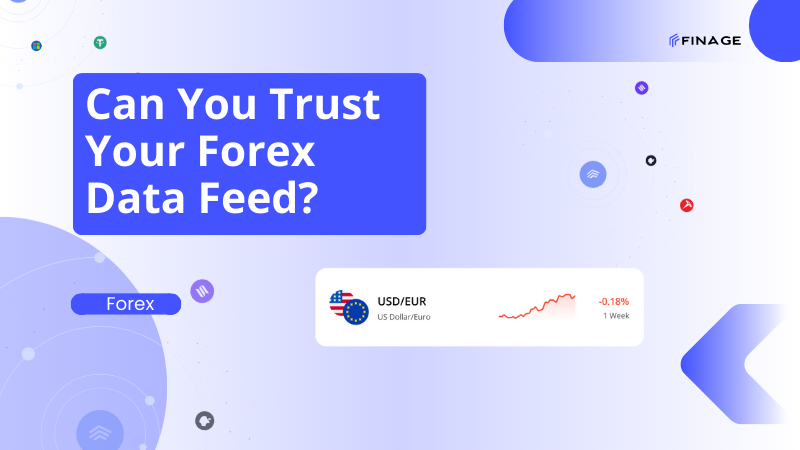Introduction
When it comes to the field of making trades and investments, spreading your money across many interests or building a portfolio helps with risk management. As such, managing a portfolio properly is something that will help with your overall operations. So, how does one go about doing this? Managing one's portfolio is an important skill to have, so let’s check the answers to the above questions. See how portfolio management is defined, how it's done, and how one can make it.
Contents:
- What portfolio management is
- Main objective and risk tolerance
- How it’s done
- Active management
- Passive management
- Discretionary and non-discretionary methods
- Strategies employed for portfolio management
- Final thoughts
What portfolio management is
A portfolio itself is a collection of diverse financial assets and investment instruments held by an individual, financial institutions or, for example, an investment company. A portfolio can include a varied array of assets owned by investors like stocks, gold, funds, derivatives, property, cash equivalents, bonds, etc. The main aim is to generate revenue while safeguarding the asset's original equity. Key components of an investment portfolio are:
- stocks, representing ownership in companies with associated dividends and potential risks;
- bonds that offer lower risk and maturity dates for principal and interest return;
- alternatives like oil, real estate, and gold, expanding the portfolio's scope beyond traditional assets.
The term portfolio management refers to the growth and maintenance of an entity's trading and investment interests ( bonds, commodities, etc.) based on their risk assessment requirements. It's usually done by other parties or portfolio managers for their clients, but reliable knowledge of this action's inner workings can allow you to do it on your own. You can explore different strategies that can enhance your portfolio performance with alternative indices. You will be able to make informed decisions to improve your investment outcomes.
Main objective and risk tolerance
Doing portfolio management demands that one looks at as many variables as are necessary across investments to give good enough insight into everything. The primary objective of this practice is to gain as much profit as is available without suffering losses outside what you're willing to let go of, what is known as risk tolerance. Risk tolerance is one of the factors that affect decision-making in this practice and a few others are listed below:
- One’s age, which often determines risk tolerance and duration of investment
- The nature of the returns, which may be in the long run such as a 401K or on an income basis
- The time horizon, which refers to the duration one is willing to hold an asset to achieve a goal
How it’s done
Regarding this practice, there are a few ways in which one can manage their investments and these are the active and passive management systems. Before getting into them, let's look at the aspects managers using any of these methods employ, which include the following:
- Asset allocation: this is the dividing of your investment among various types of assets investment in a portfolio based on an investor’s risk tolerance requirements
- Diversification: this is the dividing of your investment within an asset class
- Rebalancing: this is the resetting of a portfolio’s asset allocation to original values
- Tax-efficiency: this is the placement of lower taxes or tax exemption over proper profits by seeking assets that allow it
Armed with the knowledge of some of the things managers do, we can now look at the two paths they use. These include the active, passive, and discretion-related methods.
Active management
When portfolios are actively managed, managers in charge of them are trying to beat the current index they’re involved with. This means they have to stay on top of everything, which involves doing a considerable amount of research while keeping up with trends.
Those managing actively also look at the economy and global events to help make judgments on their portfolios, which means a lot of forecasting is involved. As such, active management is perfect for short-term endeavors.
It’s riskier and more expensive than the alternative, which is why it is best for experts and those with a lot of capital. However, if done with the right expertise and strategies, the likely profits, which are higher than those of the alternative, are enough to make you consider it.
Passive management
Also known as index fund management, this path is focussed on long-term growth, which is achieved by trying to replicate the index it’s tracking. As such, there’s no need for constant monitoring, buying or selling. This method instead requires parties to buy stock on an index utilizing the same weighting represented in it. Simply looking at the trillions of dollars out there on the stock exchange, striving to partake in this niche is tempting.
Exchange-traded funds or ETFs, which often offer some diversification are a prime example of this strategy. This means that they incur fewer management fees and are more tax-efficient, making them perfect for the less experienced. So if you're all about creating a well-rounded portfolio without the headache of constant hands-on management, then you'll probably like this passive investing, which actually has become a real hit. ETFs are the superheroes of choice for passive investors.
Discretionary and non-discretionary methods
These methods determine the nature of any third-party involvement. With the former, the fate of portfolios is placed firmly in the hands of the third party, which means the same is true for all decision-making. The latter however takes that power away and only has the third party as an advisor.
Strategies employed for portfolio management
Managers using any of these methods will have to employ additional strategies to get the best possible result. These, of course, are specific to the requirements of the interested parties and are as follows:
- The aggressive strategy, which is wholly focused on being highly profitable with little regard for the risks involved
- The conservative strategy, the very nature of which is to avoid risks, but at the cost of missing out on potential big rewards
- The moderate strategy, which is a mixture of the two previous strategies
- The income-oriented strategy, which generates money that investors can live on
- The tax-efficient strategy, which is such that focus is placed on reducing taxes, possibly sacrificing profits as a result
Final thoughts
Just observing the vast amount of money present within the stock exchange niche and making every effort to seize a portion of that wealth could certainly bring a good profit. That is why managing your portfolio is so important as it helps you down that road. The main benefit of portfolio management is the fact that it handles risk perfectly when done right with the right tools. It is also crucial to remember the general chaos of the stock market, which means that nothing is certain. So, try looking at it as a tool to help reach your next goals!
You can get your Real-Time and Historical Market Data with Finage API key.
Build with us today!
Claim Your Free API Key Today
Access stock, forex and crypto market data with a free API key—no credit card required.

Stay Informed, Stay Ahead
Finage Blog: Data-Driven Insights & Ideas
Discover company news, announcements, updates, guides and more



